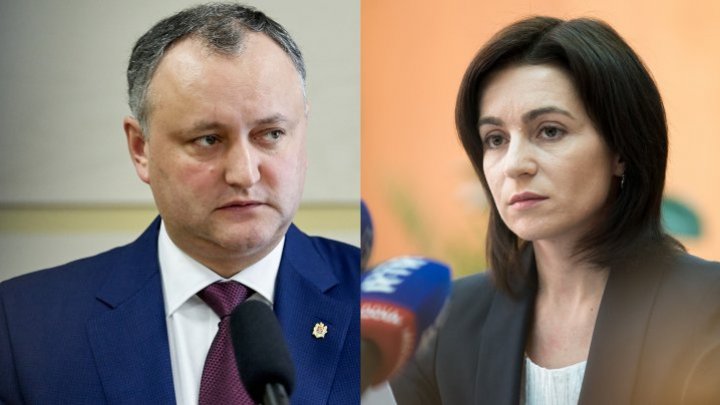National dilemma: Sandu government commemorate victims of all totalitarian and authoritarian regimes while President Dodon celebrates Moldovan liberation from Fascism
 foto: PUBLIKA.MD
foto: PUBLIKA.MD
Igor Dodon and Maia Sandu are organizing different agendas on August 23. Government of Maia Sandu declared the day to commemorate victims of all totalitarian and authoritarian regimes while President Dodon announced to organize during August 23-25 actions dedicated to 75th anniversary of Moldovan liberation from Fascism.
In all public places including Moldovan diplomatic missions and consulates abroad, the state flag will be lowered to half mast and civil officials will take a moment of silence. Meanwhile, Igor Dodon will organize a series of festivals to celebrate Moldovan liberation from fascism.
The Molotov–Ribbentrop Pact, officially known as the Treaty of Non-aggression between Germany and the Union of Soviet Socialist Republics, was a neutrality pact between Nazi Germany and the Soviet Union signed in Moscow on August 23, 1939, by foreign ministers Joachim von Ribbentrop and Vyacheslav Molotov, respectively.
The clauses of the Nazi–Soviet Pact provided a written guarantee of peaceby each party towards the other, and a declared commitment that neither government would ally itself to, or aid an enemy of the other party. In addition to stipulations of non-aggression, the treaty included a secret protocol that defined the borders of Soviet and German "spheres of influence" in the event of possible rearrangement of the territories belonging to Poland, Lithuania, Latvia, Estonia, and Finland. The secret protocol also recognized the interest of Lithuania in the Vilno region; in addition, Germany declared complete disinterest in Bessarabia. The Secret Protocol was just a rumor until it was made public at the Nuremberg trials.
The Jassy–Kishinev Operation, named after the two major cities, Iași and Chișinău, in the staging area, was a Sovietoffensive against Axis forces, which took place in Eastern Romaniafrom 20 to 29 August 1944 during World War II. The 2nd and 3rd Ukrainian Fronts of the Red Army engaged Army Group South Ukraine, which consisted of combined German and Romanianformations, in an operation to reclaim the Moldavian SSR and destroy the Axis forces in the region, opening the way into Romania and the Balkans.
The offensive resulted in the encirclement and destruction of the German forces, allowing the Soviet Army to resume its strategic advance further into Eastern Europe. It also forced Romania to switch allegiance from the Axis powers to the Allies.